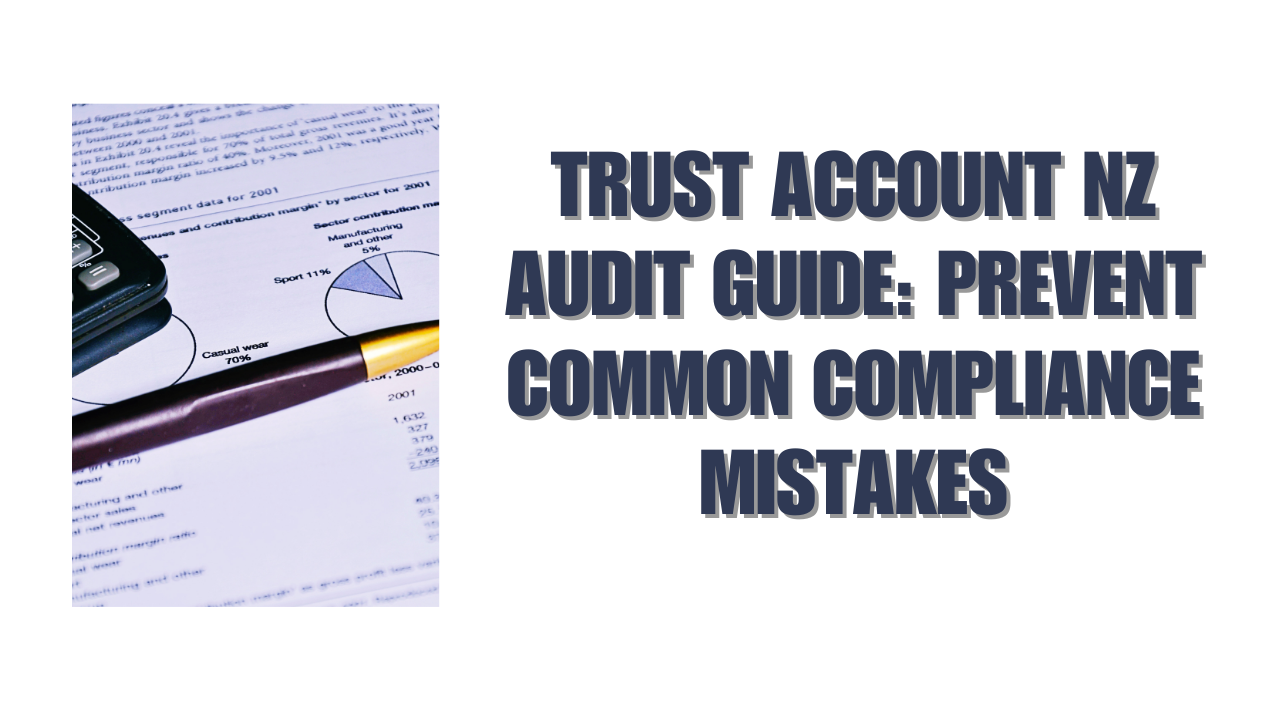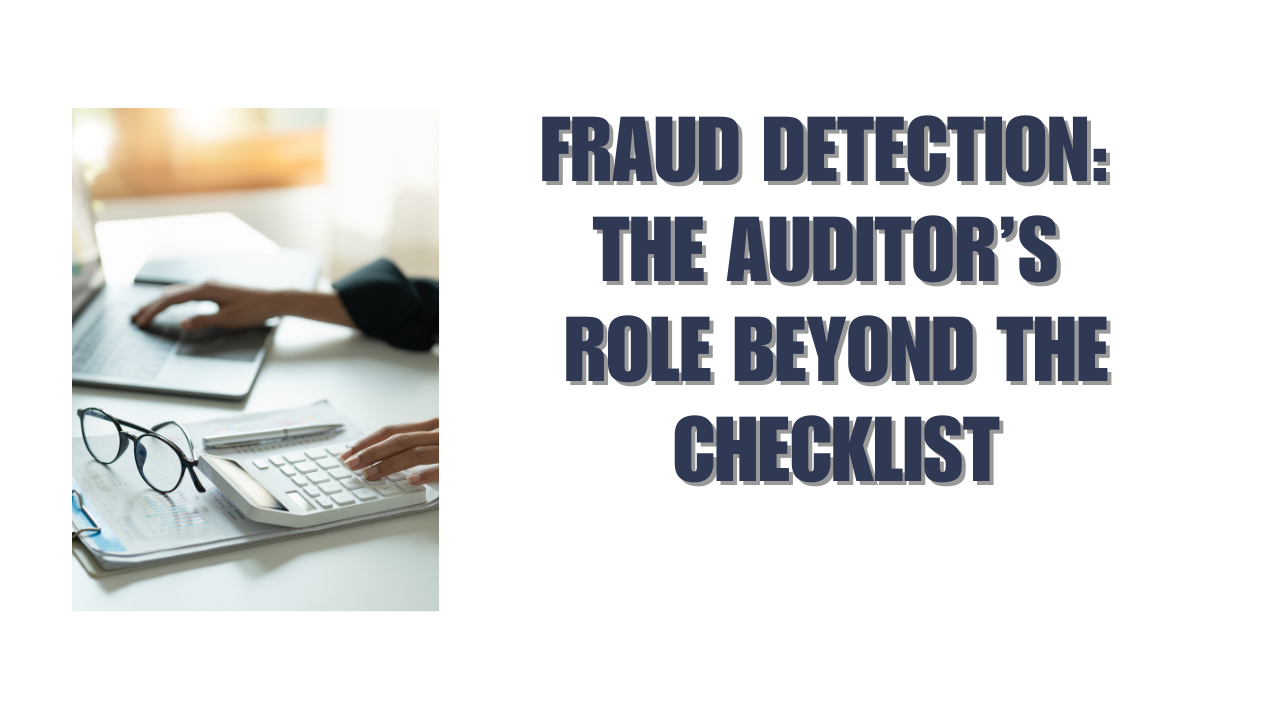Did you know that New Zealand has the highest number of trust account NZ structures per capita globally? The numbers are striking – there’s roughly one trust for every 10-15 people in the country.
Trust accounting practices face intense scrutiny under the Lawyers and Conveyancers Act 2006 and the Trust Account Regulations 2008. Trust lawyers across NZ find it challenging to stay compliant with trust account regulations, especially since the new Trusts Act became fully operative in January 2021. The legislation brought significant changes – extending family trusts’ maximum lifetime from 80 to 125 years and requiring trustees to act honestly and in good faith.
A new software tool for trust account reviews will launch in July 2024 to improve both efficiency and security during audits. This development shows why proper trust account guidelines matter to avoid compliance issues.
This piece explains everything about trust account regulations and helps you prevent errors that could get pricey and put your practice at risk. We’ve got you covered, whether you need to set up a new trust account or prepare for an upcoming audit.
Understanding Trust Account Regulations in NZ
New Zealand’s financial oversight system features a specialized framework that manages client funds. Trust accounts are the life-blood of this system. They help maintain integrity in financial transactions between professionals and their clients.
What is a trust account?
A trust account in New Zealand is a specialized bank account that holds and manages client funds tied to professional services. The Lawyers and Conveyancers Act Trust Account Guidelines states these accounts don’t belong to the professional or firm – they belong to clients or third parties.
A trust account has these core elements:
- A bank account in New Zealand labeled as a “trust account”
- Records that include receipts, payments, journals, and client ledgers
- A control account that shows the total of various ledgers matches the available funds
- Documentation that lines up the bank account with the trust control balance
Legal practitioners must keep these accounts in a New Zealand bank. The accounts need clear labels as trust accounts to notify the bank and other parties that the money represents trust funds.
Key laws and regulations to know
New Zealand’s trust account regulations come from the Lawyers and Conveyancers Act 2006 (sections 110-116) and the Lawyers and Conveyancers Act (Trust Account) Regulations 2008.
These rules set strict guidelines:
- Trust Account Restrictions: Accounts can’t be overdrawn. Practices must lend clients money from their accounts right away if client trust accounts risk becoming overdrawn.
- Receipt and Payment Rules: Trust account ledgers must record every receipt, payment, transfer, and balance. Each client needs separate accounts protected against changes after the fact.
- Fee Handling: You can’t take fees from trust accounts without a dated invoice or written client approval.
- Advance Payments: Money paid before an invoice stays in the trust account until spent on client’s behalf or used for approved fees.
- Record Retention: Regulation 6(4) requires trust account records stay on file at least seven years after the last transaction.
The rules also ban using trust accounts for private or household transactions except in specific controlled cases.
Who needs to comply?
Several professional groups that handle client funds must follow these rules:
- Legal Practitioners: Lawyers working independently who get or hold client money need a trust account.
- Real Estate Agencies: Agencies must put all real estate transaction money into a designated trust account.
- Trustees: People who hold money or property for beneficiaries or legal purposes.
Barristers can’t receive or hold money for others because they can’t operate trust accounts. This means they can’t hold fees ahead of time.
Legal practices need practitioners who work as barristers and solicitors. These professionals must complete specific training to run a lawyer’s trust account. Real estate agents can pick between their own trust account or a third-party option. They just need to tell authorities if they switch.
Trust accounts need proper management. It’s not just about following rules – it’s about keeping the trust and transparency people expect when you handle their money.
Setting Up and Managing a Compliant Trust Account
A proper trust account setup needs careful attention to detail and compliance with specific regulations. Professionals handling client funds in New Zealand must set up and manage these accounts correctly.
Designating a trust account with your bank
The right bank choice matters a lot while setting up a trust account. You need a bank that understands trust account requirements since not all financial institutions have experience with these specialized accounts. Make sure your bank in New Zealand properly labels it as a “trust account”.
Your bank needs official notification about the trust account status. Legal practitioners should point their bank to sections 299 to 303 of the Lawyers and Conveyancers Act 2006 during account setup. The bank should provide written confirmation that they accept and acknowledge the trust designation.
Real estate agencies must follow section 122 of the Real Estate Agents Act. This law requires all money from real estate transactions to go into a designated trust account. Banks usually need these documents:
- Trust deed and any amendments
- Trust’s physical address proof
- Source of wealth/funds verification
- ID for the core team associated with the trust
Maintaining accurate client ledgers
Client ledgers are the foundations of trust accounting. They document each client’s right to funds in the trust bank account. Every practice needs a separate client ledger for clients with money in the trust account.
Trust account ledgers must:
- Show current amounts held for each client
- Be protected against changes or deletion
- Stay in records for 6-7 years after the last transaction
Client ledger accounts need dates and references that show their source or destination. This helps trace transactions both ways. These ledgers work as card/page collections in manual systems or digital records in trust accounting software.
Trust account systems can handle clients with multiple matters. They sort them as single client with single retainer, single client with multiple retainers, or multiple parties with single retainer.
Issuing and storing trust receipts properly
Trust receipts document received funds officially. Every trust receipt needs a sequential number and specific information that regulations require.
Each receipt must show:
- Practice name
- Money sender’s details
- Person getting credit for the money
- Brief purpose description
- Amount in words and figures
- Issue date
- Authorized signature
- “Official receipt form for trust moneys” text
- Payment method (cheque, cash, bank transfer)
Computer systems must record every receipt electronically. These records cannot be changed or deleted. Manual systems need receipt books from suppliers that the relevant society approves.
Yes, it is vital to create receipts for all cash received. Keep the top copy if the payer doesn’t get one. Trust receipt documents and other trust records must stay in storage for the required time. This helps with auditing and compliance checks.
Audit Process and Agency Responsibilities
Trust account audits play a vital role in protecting client interests and maintaining financial integrity throughout New Zealand. Your audit compliance depends on a clear understanding of trust account regulations NZ.
Appointing a qualified auditor
The first step to compliance is choosing the right auditor to manage your trust account NZ. A qualified auditor must meet these requirements:
- Hold chartered accountant status under section 35 of the Financial Reporting Act 2013
- Have a certificate of public practice
- Be free from conflicts of interest
- Submit written confirmation of their eligibility as an auditor
You need to inform the relevant authority about your chosen auditor before accepting any money into your trust account. Real estate agencies must notify the Real Estate Authority. Your notification should include the auditor’s name, address and details of each trust account they will audit with bank account numbers.
Monthly reconciliation and reporting
Your trust accounting needs strict monthly reconciliation. You must balance these items at month end:
- Trust account balances
- Cash book balance
- Total client ledger account balances
You need to prepare reconciliation statements by the 20th each month. January statements are due by the 27th. Submit a “nil” return even if no transactions happened that month.
Real estate agencies must also provide their auditor with a statutory declaration for each statement. An authorized official like a Justice of the Peace or solicitor needs to sign this declaration.
Providing access to records during audits
Your auditor will check trust accounts at least three times a year. You must give them access to:
- Trust account records and bank statements
- A signed copy of your latest audit report
- Any trust account information they need
- Required explanations to complete their duties
Trust lawyers NZ should know that auditors must report any irregularities they find to authorities right away. This includes missing funds, dishonesty or poor record keeping.
Auditors mainly look at trust accounting procedures and controls. They might also review general compliance with rules and regulations. Extra inspections beyond the standard annual fee may cost more if compliance issues come up.
Common Compliance Mistakes and How to Avoid Them
Trust account managers, even experienced ones, can make compliance mistakes. Learning about these common errors will help you follow correct trust account NZ practices and avoid disciplinary consequences.
Mixing client funds
Client funds mixed with business operating funds is one of the most serious trust accounting violations. Many firms mix these funds unintentionally because of poor oversight or confusion about where deposits should go. The law explicitly states that all money received for any transaction in your capacity as an agent must be paid into a designated trust account.
To prevent mixing funds:
- Create separate trust accounts for client funds
- Create clear deposit policies for your team
- Check correct account allocation for all incoming funds regularly
Late or missing reconciliations
Trust accounts need monthly reconciliation, but many practices miss this requirement. Errors go undetected and grow worse when reconciliation gets delayed. The law requires monthly and quarterly certificates from all lawyers who operate trust accounts. These must be submitted by the 10th working day of each month.
You must submit your certificate by the due date even if reconciliation is difficult. The certificate should state that you haven’t reconciled the account correctly and explain why. Disciplinary proceedings may start if you fail to provide audit compliance documentation.
Improper recordkeeping
Poor record management often affects trust account compliance. Records must be up-to-date, clearly show amounts held for each client, and remain secure against retrospective alteration. Client ledgers should record every receipt, payment, and transfer promptly so funds can be traced backwards and forwards.
You should keep trust account records for at least seven years from the last transaction date. Paper records can be converted to electronic format after three years.
Failure to notify auditor of changes
Serious compliance gaps occur when you don’t report changes to trust account arrangements. You must tell authorities before your current auditor leaves if you hire a new one. This notification should happen within 20 working days of the change. You must also inform authorities and your auditor when switching from your trust account to a third-party trust account.
Account closures require a final audit report and submission of the prescribed notification form.
Final Audit, Inactive Accounts, and Closure
Managing a trust account’s closure or inactivity in NZ demands strict compliance with regulatory procedures. The right approach to these transitions will give a smooth process and protect client funds throughout.
At the time a final audit is required
Several circumstances call for a final audit during trust account closure. We audited accounts when agents stop their business operations, partnerships dissolve, or companies wind up. The responsible parties should schedule the final audit within 20 working days after such events.
The responsibility to complete the final audit falls on specific individuals based on circumstances:
- The individual themselves, if alive
- Executors or administrators handle it for deceased agents
- Each partner in a dissolved partnership
- Every company officer present at the time winding up began
The closing date functions as if it were March 31, whatever the actual closure date might be.
Steps to deactivate a trust account
The deactivation process requires several vital steps:
Your appointed auditor needs written notification about the account’s inactive status and confirmation that all money has been distributed properly. You must also hand over all unaudited trust account records, including unused trust receipts, forms, and cheques to the auditor.
The proper handling of electronic receipts is significant. You need measures to prevent any new trust receipts from being generated. Trust account certificates must be filed monthly or quarterly while the account stays open, even during partial months before closure.
Reactivating an inactive account
Your appointed auditor needs written notice before you restart operations with a previously inactive trust account. The auditor will then return your trust account records, unused receipts, and cheques that were earlier provided.
The auditor must tell the Authority in writing that the previous inactivity notice no longer applies. This notification restores your trust account to its normal operational status with standard audit requirements.
Conclusion
Trust account management in New Zealand just needs careful attention to detail and steadfast dedication to regulatory compliance. This piece explores everything in trust account management, from the original setup to proper closure.
The complex trust account regulations in NZ create challenges for professionals of all sectors. In spite of that, you can defend against compliance problems by knowing your obligations under the Lawyers and Conveyancers Act 2006 and Trust Account Regulations 2008.
Proper trust account designation, accurate client ledgers, and diligent monthly reconciliations are the foundations of compliant trust account management. Your risk exposure drops by a lot when you select qualified auditors and keep complete records for seven years.
You can avoid common pitfalls with reliable systems and careful oversight. These include mixing client funds, skipping reconciliations, poor record-keeping, and forgetting to tell auditors about changes. Trust accounts exist to protect client interests and maintain professional service integrity.
This complete guide helps you direct the complexities of trust account management. Regulations might seem overwhelming at first, but they serve a clear purpose: they protect client funds through transparency, accountability, and proper governance. Your trust account practices will stay compliant and work well over the years when you apply these principles consistently.
FAQs
Q1. What are the key components of a trust account in New Zealand?
A trust account in New Zealand consists of a designated bank account, associated records including receipts and client ledgers, a control account, and reconciliation documentation. These components work together to ensure proper management and transparency of client funds.
Q2. How often should trust accounts be reconciled?
Trust accounts must be reconciled monthly. Reconciliation statements should be prepared by the 20th of each month (27th for January) and provided to the auditor. Even if no transactions occur, a “nil” return must be submitted to maintain compliance.
Q3. What are common mistakes in trust account management?
Common mistakes include mixing client funds with business operating funds, late or missing reconciliations, improper recordkeeping, and failure to notify auditors of changes in trust account arrangements. These errors can lead to serious compliance issues and potential disciplinary actions.
Q4. How long must trust account records be retained?
Trust account records must be retained for at least seven years from the date of the last transaction. After three years, paper records may be converted to an electronic format, but the retention period remains the same.
Q5. What steps are involved in closing a trust account?
Closing a trust account requires arranging a final audit within 20 working days of the triggering event, notifying the appointed auditor in writing, providing all unaudited trust account records, and ensuring proper distribution of all funds. Monthly/quarterly certificates must continue to be filed until the account is officially closed.






